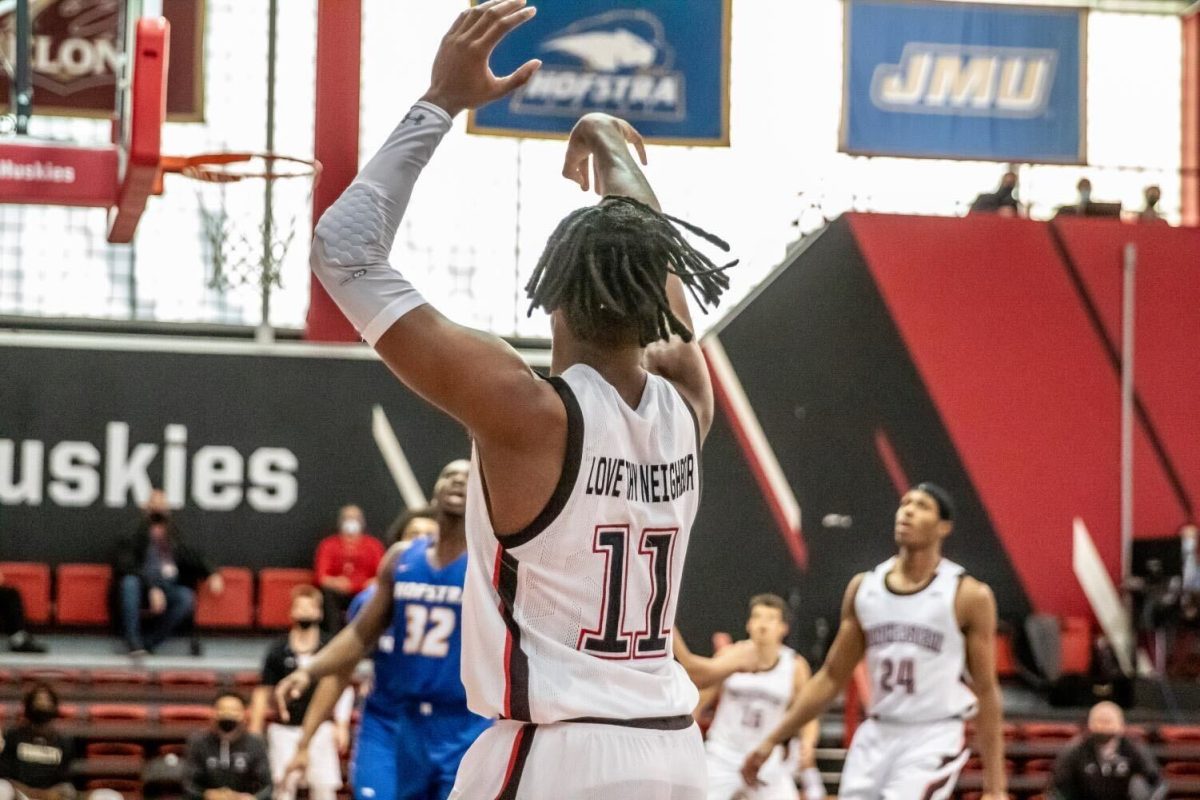By Kyle Taylor, sports columnist
Now is the perfect time for women to highlight the pay gap between the sexes with people still scratching their heads about how the US National Soccer teams fared in their respective World Cups. It makes sense to highlight the disparity in pay, since the men’s team took home a total of $9 million for making the round of sixteen, while the women’s team took home only $2 million for winning the World Cup.
However, the disparity in pay is not a fault of the league itself, but of the fans.
When you look at the numbers straight up, it doesn’t seem to make sense. The inequity is obvious, but labeling it as just plain sexist would be jumping the gun. The Wall Street Journal reported that there were $17 million in sponsor revenue for the 2015 Women’s World Cup, while the Men’s World Cup raked in $529 million. The women players got 11 percent of the revenue, while the winners of the Men’s World Cup earned 6.6 percent with a $35 million grand prize. Looking at it this way, could it not be said that more is being done to pay the women fairly than the men?
According to the The New York Times, the 2015 Women’s World Cup Final was the most-watched soccer game ever in the United States. The women were much more successful than the men, who haven’t even won third place since 1930. The men’s national team gets beat time after time. There’s no fun in that. Yet, an increase in fans for a single game does not mean more pay is justified. All the attention lavished on the women’s championship only proved that Americans love one thing: Being the best. If the US team made the championships of curling, you’d probably also see a pretty heavy spike from viewers.
Uneven pay scales do not mean there is a malicious system or a conspiracy against women. Maybe it merely reflects that FIFA gives women what it earned and what it can afford. Maybe it’s a matter of interest. The more attention a sport gets, the more money goes into the sport and the more the players get paid.
Unlike the pay disparity in the office, pay disparity in sports for the same job may make sense. It is less about the game that you actually play than the brand that your sport carries.
The pay disparity is a serious issue which extends beyond just soccer, spanning across all women’s sports. Often, top female athletes without sponsors are required to take other jobs or model to pay the bills. Rarely are the top male athletes in the same predicament. Could you imagine walking into a Starbucks and seeing Chris Paul mixing up your grande five-pump chai tea? Having side jobs to pull in money is almost exclusively something that women athletes have to deal with.
This is not to say that women don’t work as hard as the guys do; it’s just a fact that equal effort will not mean equal results. There may be legitimate reasons why men’s sports are more popular. Men’s sports simply have natural advantages that can be more attractive to the average fan. Men are, on average, stronger and faster than women. After watching men’s sports for so long, the switch to the women’s equivalent is noticeable. It is no fault of the players themselves, but many fans don’t want to watch a game at a level of reduced athleticism.
The inherent rule differences in each game also hurts women’s sports. Where the NHL can raise excitement to another level with a fight in the middle of the game, women’s hockey games rarely see fights and have restrictions against checking, one of the more exciting aspects of the sport. Most would rather see some nasty blindside hits in men’s lacrosse than watch the minimal-contact women’s game. The women of the WNBA are skilled, but they have a three-point line that is closer than in the NBA, and there’s talk of lowering the rim to add more excitement to the game.
The lack of interest in women’s sports is not new and is not something that can be resolved overnight. Men’s professional sports have been around for a long time, and each league has already carved out its own niche. While women’s sports do have a tough road ahead, the fanbase has been increasing slowly but surely. If the US women’s soccer team is any indication, the fans are there and obviously capable of tuning in to women’s sports. The road to reaching out to them consistently is paved with obstacles, however, since they draw the physical short stick and usually less interest from fans and sponsors.
While it seems fair to insist that women earn as much as men, what is equitable is not simply an exercise in matching what the men earn. And there may be cases, like recently in US women’s tennis, where women actually deserve to earn more. So I hope that the issues raised by the US women’s soccer team lead to real gender-blind compensation based on merit and fan interest, not just gender.







